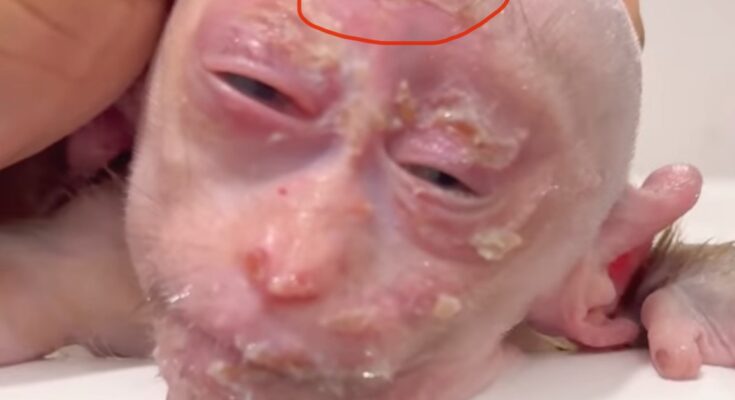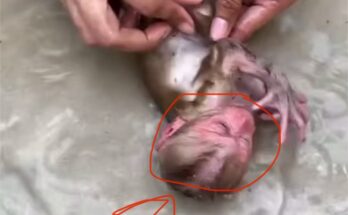Monkeypox, now commonly referred to as mpox, is a viral infection known for causing a distinctive and sometimes painful skin rash. While mpox can affect people of any age, the rash remains one of the most recognizable and defining features of the illness. Understanding how this rash develops, what it looks like, and the symptoms that accompany it can help individuals identify potential cases early and seek proper medical attention. Below is a detailed overview of the symptoms associated specifically with the skin rash caused by the mpox virus.
1. Early Signs Before the Rash Appears
In many cases, the rash does not appear immediately. Instead, individuals may first experience flu-like symptoms such as fever, fatigue, muscle aches, headache, or swollen lymph nodes. These early symptoms can precede the rash by one to three days. Swollen lymph nodes are particularly notable, as they help differentiate mpox from other viral infections that cause rashes.
2. Initial Appearance of the Rash
The mpox rash usually begins as flat red spots on the skin. These spots are called macules. They are not itchy at the very beginning but may feel warm or sensitive to the touch. The rash often appears on the face, hands, or feet first, but it can also start around the genitals, chest, or mouth depending on the individual case.
3. Progression Through Rash Stages
One of the characteristic features of the mpox rash is that it progresses through several distinct stages:
a. Macules to Papules
The flat spots (macules) gradually raise into small, firm bumps called papules. These bumps may be tender and can quickly increase in number.
b. Vesicles
Over time, the papules fill with clear fluid, forming vesicles. This is usually the stage where the rash becomes more noticeable and uncomfortable. Vesicles tend to be round, and their surface may look shiny or tense.
c. Pustules
The fluid inside the vesicles turns yellowish or cloudy, developing into pustules. These pustules are firm, deep-seated, and can be painful. Many individuals describe this stage as the most uncomfortable, as the lesions may feel tight or sore.
d. Scabbing and Healing
Eventually, the pustules crust over and form scabs. As the scabs dry, they may crack or itch. Once they fall off, they leave healing skin underneath, sometimes with temporary discoloration or mild scarring.
4. Distribution of the Rash
The rash can appear anywhere on the body, but common locations include:
-
Face and scalp
-
Palms of the hands and soles of the feet
-
Genital or anal areas
-
Chest, abdomen, and back
In some cases, only a few lesions appear; in others, the rash can cover large areas of the body.
5. Associated Symptoms with the Rash
During the rash stages, people may also experience:
-
Itching
-
Pain or tenderness
-
Swelling around the lesions
-
Fatigue or fever returning
Final Thoughts
The rash caused by the mpox virus follows a clear and predictable pattern, making it one of the most reliable indicators of the infection. While most cases resolve on their own, it is essential to seek medical advice if a rash develops suddenly, especially if accompanied by fever or swollen lymph nodes. Early recognition helps ensure proper care and reduces the risk of spreading the virus to others.



